Ubiquitous Computing: Enabling the Interconnected World
Ubiquitous Computing Ubiquitous Computing means making everyday things “smart” by putting computers in them. It’s about making everything work together without you noticing so stuff becomes more accessible and helpful in your daily life. How Will It Impact Data: Ubiquitous computing will massively impact data in several ways Data Explosion Ubiquitous computing means more connected devices generating tons of data through user actions, like smart thermostats adjusting temperatures or fitness trackers recording steps. Variety and Volume Data comes in many forms: Structured: numbers, logs, sensor data. Unstructured: images, video, audio and text. Example: Think of a smart city with traffic cameras, weather sensors and citizen-generated data creating diverse information pools. Processing Challenges Handling this massive data volume is tough. Edge computing helps by processing data locally on devices. For Example: self-driving cars making real-time decisions without relying heavily on distant servers.. Privacy and Security Risks More devices mean more access points for potential attacks. Protecting data privacy, especially sensitive health information collected by wearables, becomes crucial. Insights and Personalization The abundance of data allows for: In-depth behavioral analysis. Personalized services and experiences (e.g., fitness apps tailoring workouts based on user health data). Summery: Ubiquitous computing data explosion, processing challenges and privacy risks. Yet, it offers opportunities for insights and personalized experiences. Challenges Privacy Concerns: With more devices collecting data, protecting personal information secure becomes a big challenge. Interoperability Issues: Making different devices from various brands work together smoothly is tough. Power Management: Ensuring that all these devices have enough power without draining batteries quickly is a challenge. Complexity in Design: Balancing easy to use functionality and user-friendliness is tough. Reliability & Connectivity: Maintaining stable and reliable performance among numerous interconnected devices is a challenge. Real-Life Examples Smart Homes Devices like thermostats, smart lights and assistants (like Google Home, Amazon Echo) working together to control temperature, lighting and entertainment. Wearable Tech Smartwatches and fitness trackers monitor activities, heart rate and sleep to promote health and wellness. Smart Cities Traffic sensors, surveillance cameras, and environmental monitors helping manage traffic flow, enhance security, and monitor air quality. Healthcare Remote patient monitoring through devices like glucose monitors or heart rate monitors, allowing doctors to track patient health from a distance. Retail Beacons and smart shelves in stores offering personalized promotions or tracking inventory in real time for efficient stocking. The Future: Seamless Integration: Devices will seamlessly blend into everyday life, making technology interactions feel natural and effortless. AI Integration: AI and machine learning will personalize experiences based on user behavior and preferences, making devices more intuitive. Enhanced Connectivity: Devices will communicate better, creating a more cohesive system across different brands and types. Advanced Sensor Tech: Smaller, more sophisticated, and affordable sensors will enable diverse applications in healthcare, smart cities, and more. Privacy Focus: Balancing innovation with user privacy will be crucial as data collection expands. Edge Computing Growth: Local data processing will rise, reducing delays, enhancing real-time processing, and easing strain on centralized systems. Industry Impact: Various sectors like healthcare, transportation, and retail will heavily rely on ubiquitous computing for innovation and efficiency improvements. The future of ubiquitous computing promises a seamlessly connected world with intelligent devices, demanding responsible tech integration amid privacy concerns and ethical considerations.

Ubiquitous Computing
Ubiquitous Computing means making everyday things “smart” by putting computers in them. It’s about making everything work together without you noticing so stuff becomes more accessible and helpful in your daily life.
How Will It Impact Data:
Ubiquitous computing will massively impact data in several ways
Data Explosion
- Ubiquitous computing means more connected devices generating tons of data through user actions, like smart thermostats adjusting temperatures or fitness trackers recording steps.
Variety and Volume
- Data comes in many forms:
- Structured: numbers, logs, sensor data.
- Unstructured: images, video, audio and text.
- Example: Think of a smart city with traffic cameras, weather sensors and citizen-generated data creating diverse information pools.
Processing Challenges
- Handling this massive data volume is tough. Edge computing helps by processing data locally on devices.
- For Example: self-driving cars making real-time decisions without relying heavily on distant servers..
Privacy and Security Risks
- More devices mean more access points for potential attacks. Protecting data privacy, especially sensitive health information collected by wearables, becomes crucial.
Insights and Personalization
- The abundance of data allows for:
- In-depth behavioral analysis.
- Personalized services and experiences (e.g., fitness apps tailoring workouts based on user health data).
Summery: Ubiquitous computing data explosion, processing challenges and privacy risks. Yet, it offers opportunities for insights and personalized experiences.
Challenges
Privacy Concerns: With more devices collecting data, protecting personal information secure becomes a big challenge.
Interoperability Issues: Making different devices from various brands work together smoothly is tough.
Power Management: Ensuring that all these devices have enough power without draining batteries quickly is a challenge.
Complexity in Design: Balancing easy to use functionality and user-friendliness is tough.
Reliability & Connectivity: Maintaining stable and reliable performance among numerous interconnected devices is a challenge.
Real-Life Examples
Smart Homes
- Devices like thermostats, smart lights and assistants (like Google Home, Amazon Echo) working together to control temperature, lighting and entertainment.
Wearable Tech
- Smartwatches and fitness trackers monitor activities, heart rate and sleep to promote health and wellness.
Smart Cities
- Traffic sensors, surveillance cameras, and environmental monitors helping manage traffic flow, enhance security, and monitor air quality.
Healthcare
- Remote patient monitoring through devices like glucose monitors or heart rate monitors, allowing doctors to track patient health from a distance.
Retail
- Beacons and smart shelves in stores offering personalized promotions or tracking inventory in real time for efficient stocking.
The Future:
- Seamless Integration: Devices will seamlessly blend into everyday life, making technology interactions feel natural and effortless.
- AI Integration: AI and machine learning will personalize experiences based on user behavior and preferences, making devices more intuitive.
- Enhanced Connectivity: Devices will communicate better, creating a more cohesive system across different brands and types.
- Advanced Sensor Tech: Smaller, more sophisticated, and affordable sensors will enable diverse applications in healthcare, smart cities, and more.
- Privacy Focus: Balancing innovation with user privacy will be crucial as data collection expands.
- Edge Computing Growth: Local data processing will rise, reducing delays, enhancing real-time processing, and easing strain on centralized systems.
- Industry Impact: Various sectors like healthcare, transportation, and retail will heavily rely on ubiquitous computing for innovation and efficiency improvements.
The future of ubiquitous computing promises a seamlessly connected world with intelligent devices, demanding responsible tech integration amid privacy concerns and ethical considerations.



















































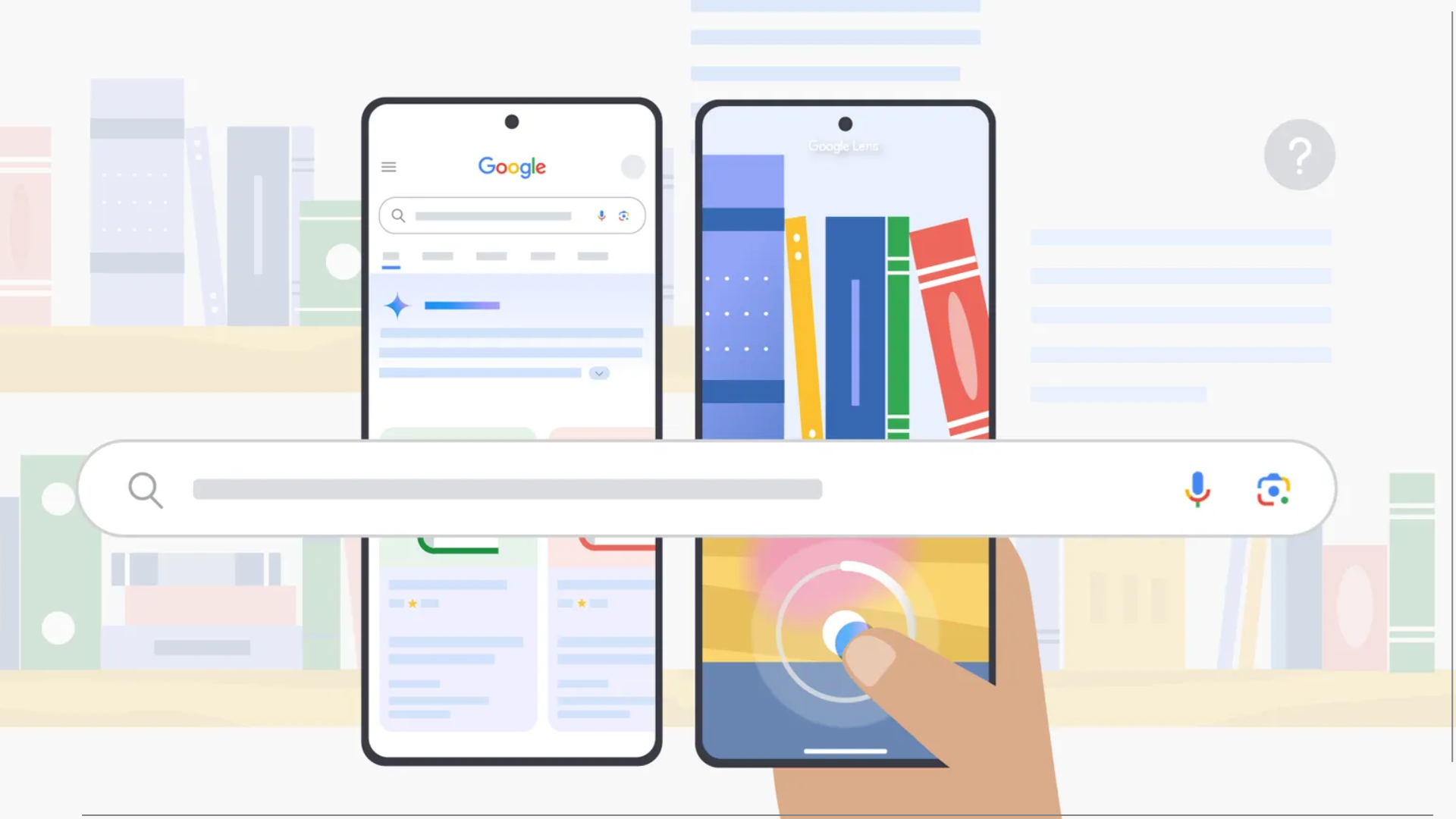
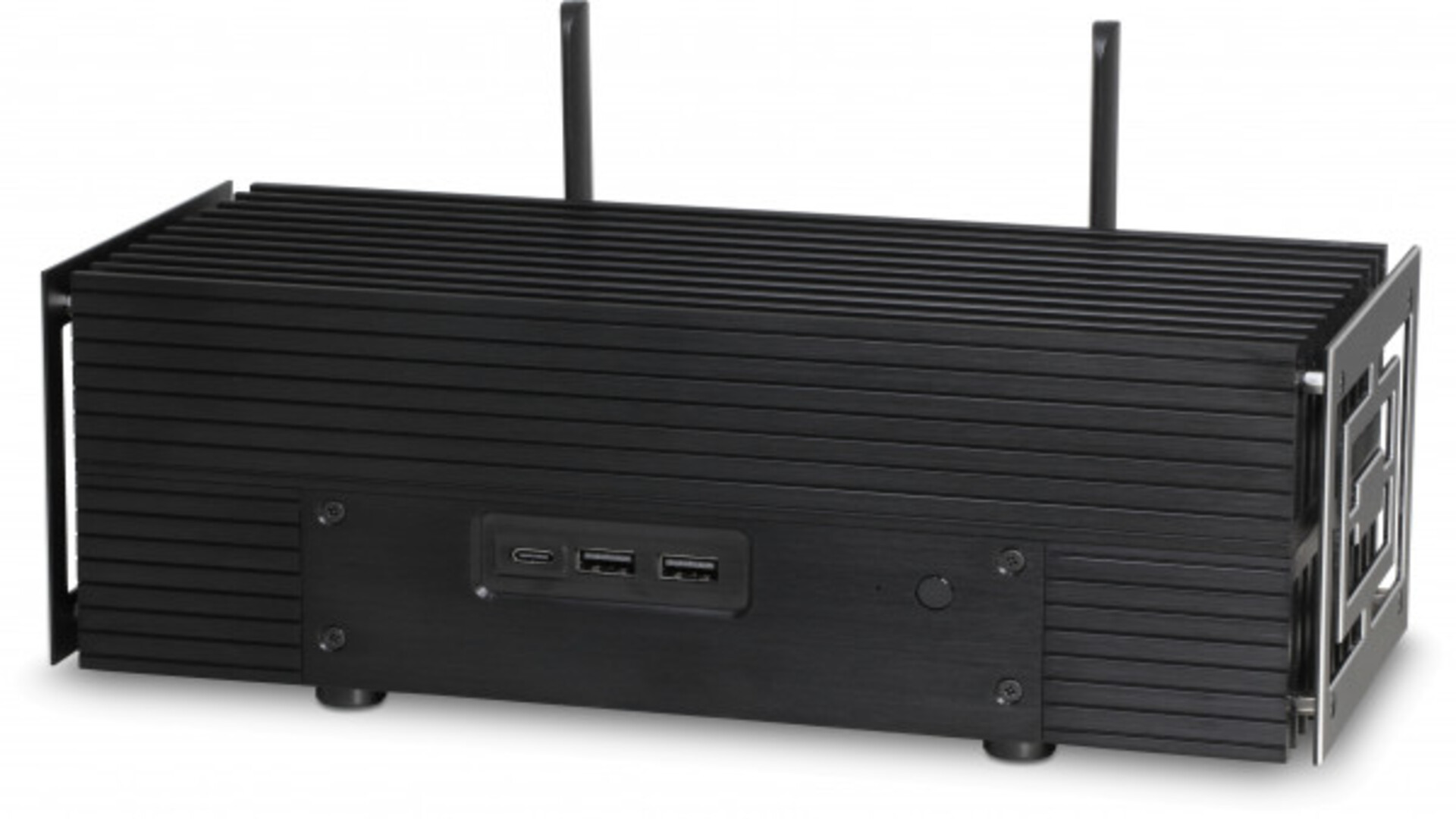




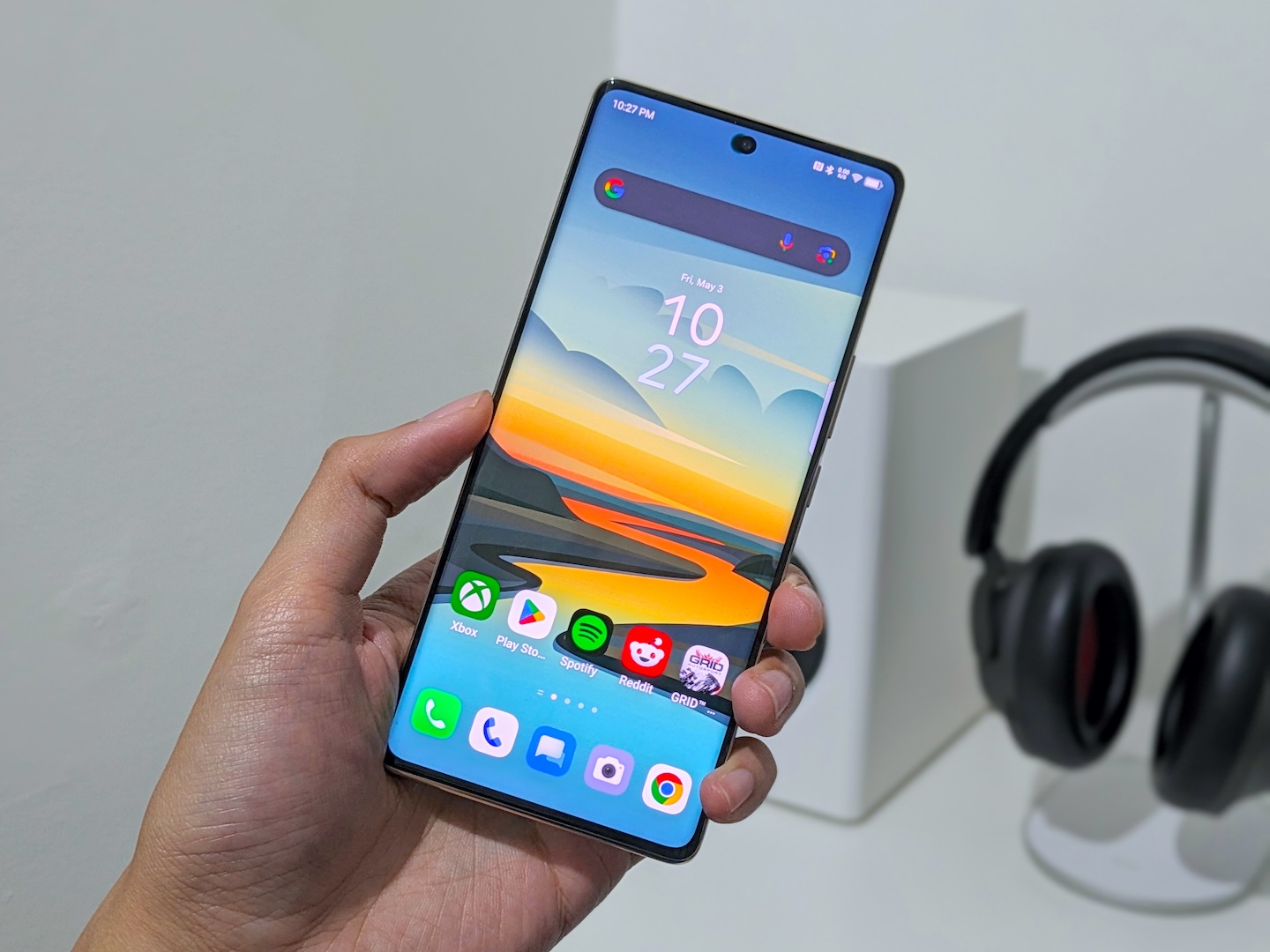









![New iOS 19 Leak Allegedly Reveals Updated Icons, Floating Tab Bar, More [Video]](https://www.iclarified.com/images/news/96958/96958/96958-640.jpg)
![Apple to Source More iPhones From India to Offset China Tariff Costs [Report]](https://www.iclarified.com/images/news/96954/96954/96954-640.jpg)
![Blackmagic Design Unveils DaVinci Resolve 20 With Over 100 New Features and AI Tools [Video]](https://www.iclarified.com/images/news/96951/96951/96951-640.jpg)



















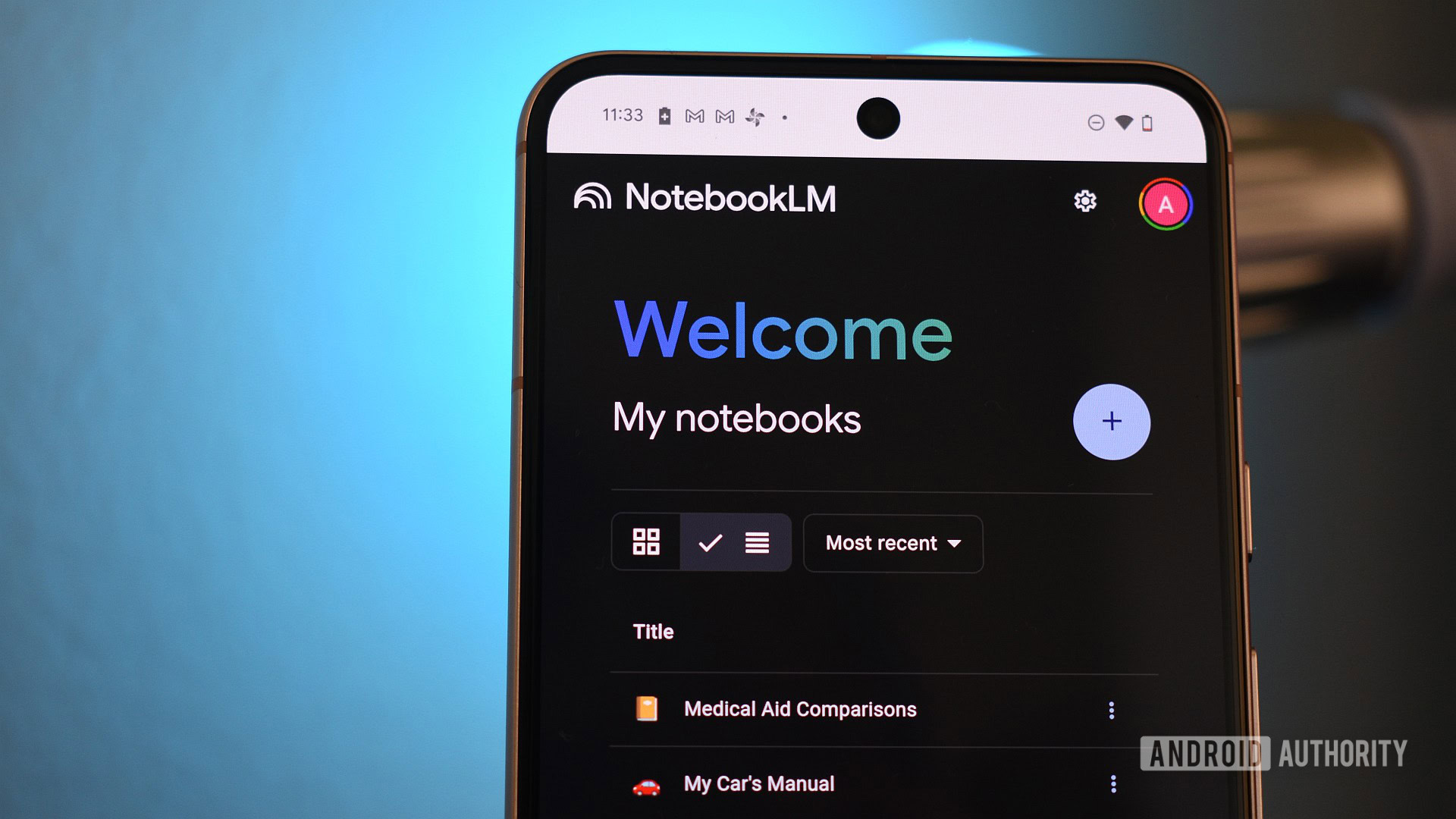




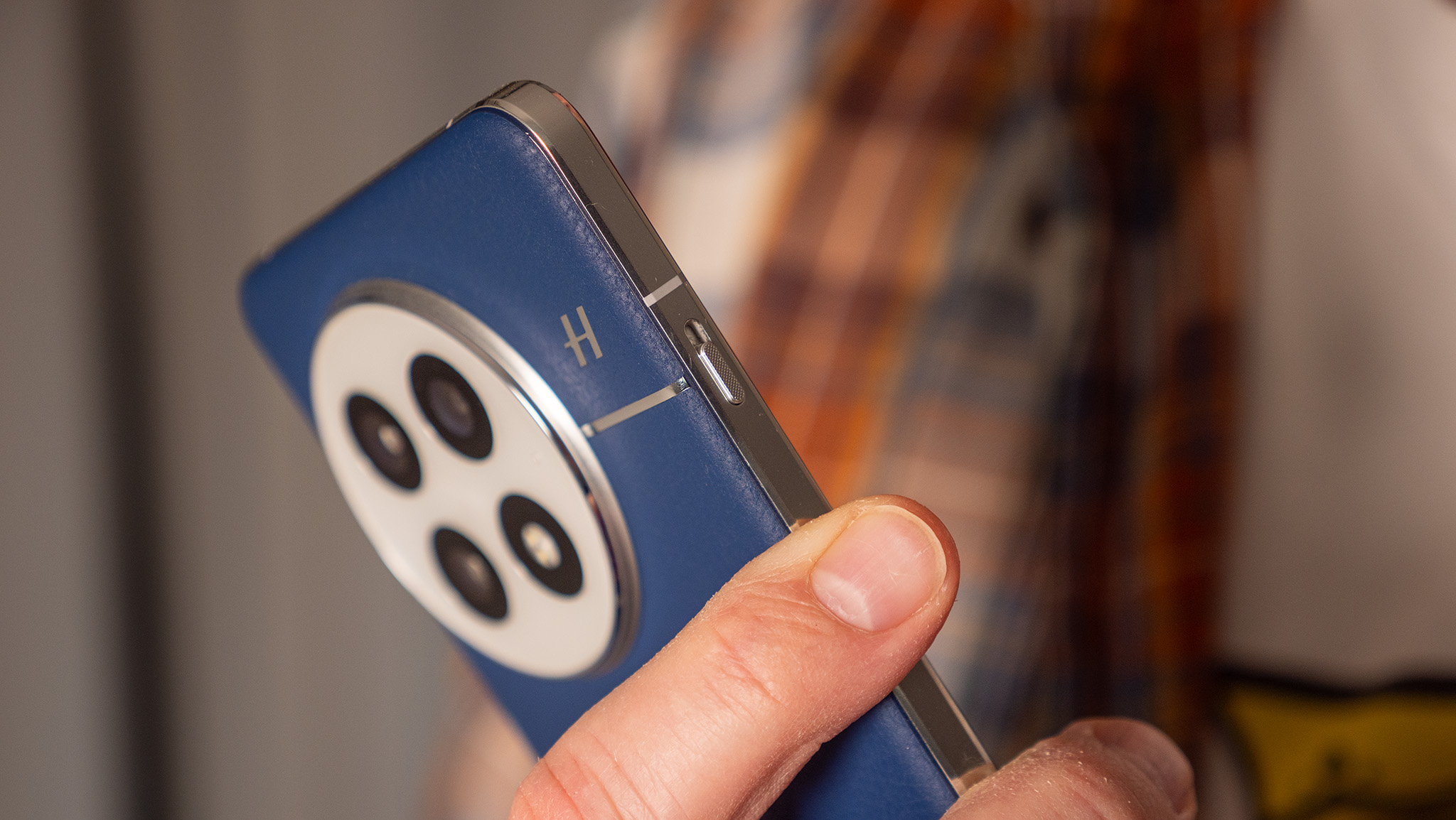





























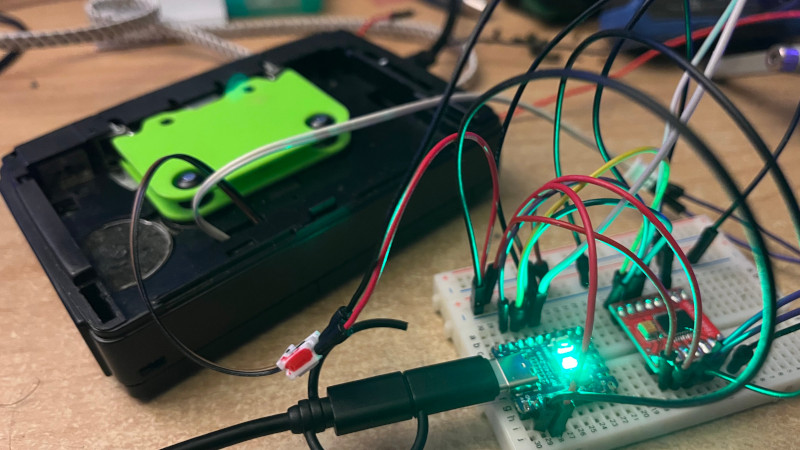













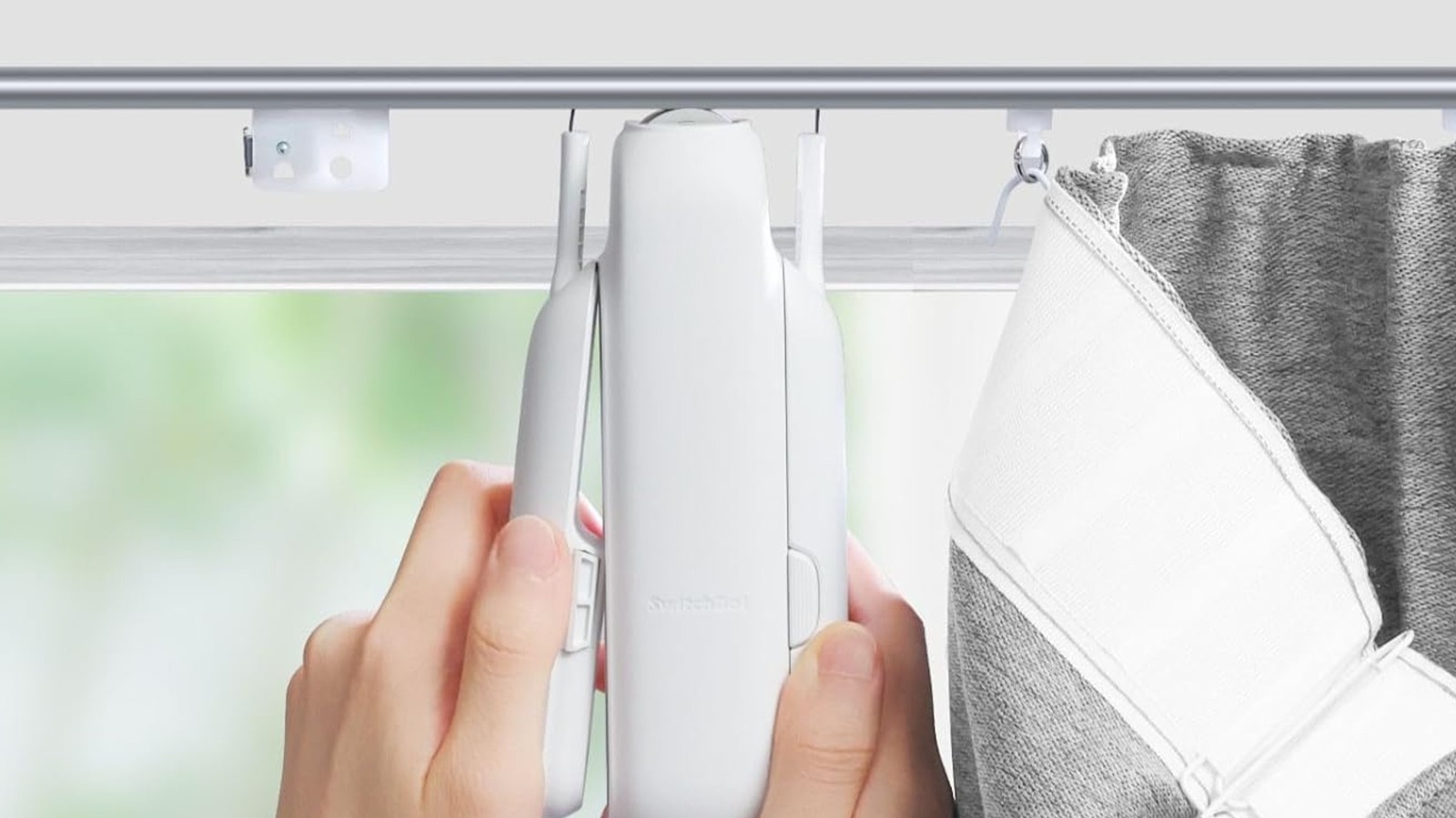



























.webp?#)
.webp?#)
.webp?#)




_NicoElNino_Alamy.png?#)


























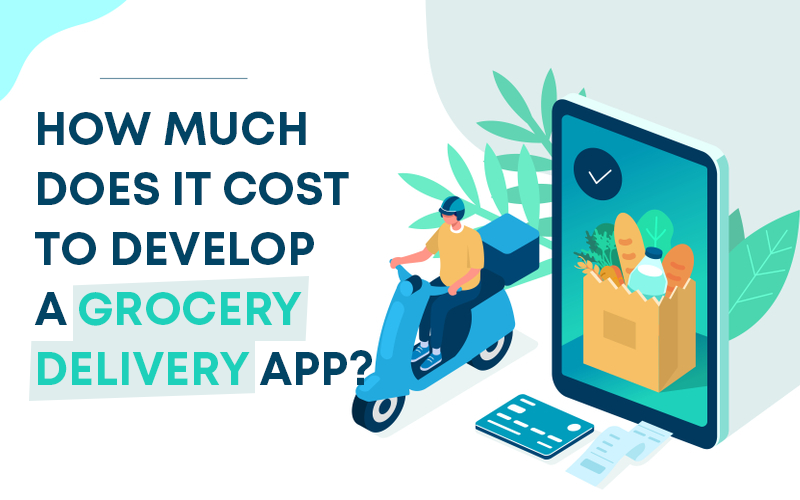















































![[The AI Show Episode 142]: ChatGPT’s New Image Generator, Studio Ghibli Craze and Backlash, Gemini 2.5, OpenAI Academy, 4o Updates, Vibe Marketing & xAI Acquires X](https://www.marketingaiinstitute.com/hubfs/ep%20142%20cover.png)



































































































































![From drop-out to software architect with Jason Lengstorf [Podcast #167]](https://cdn.hashnode.com/res/hashnode/image/upload/v1743796461357/f3d19cd7-e6f5-4d7c-8bfc-eb974bc8da68.png?#)































(1).jpg?width=1920&height=1920&fit=bounds&quality=80&format=jpg&auto=webp#)































































